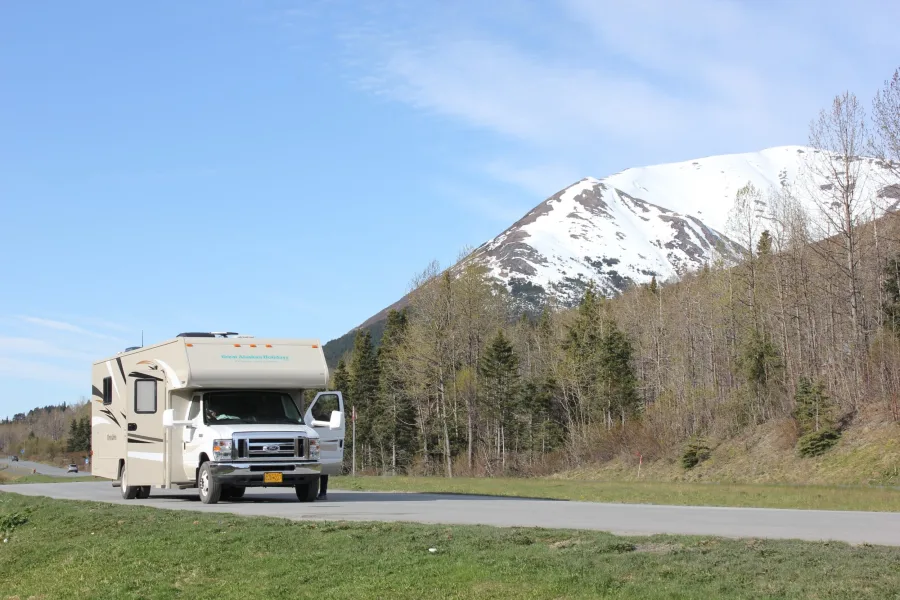A Beginner's Guide to Driving an RV
Are you tired of living the ordinary life? Do you want to live an adventurous one, filled with travel and new sights and sounds? If so, you might consider purchasing and driving an RV.
But before you buckle in and hit the pavement, you need to know everything you can about RV driving.
Fortunately, this short, simple guide is here to help. Keep reading to learn everything you need to know about driving an RV.
Know the Types of RVs
Motorhomes, fifth wheels, and travel trailers are the three major types of recreational vehicles. Motorhomes are large vehicles powered by a car engine and have a sleeping, dining, and living area built in. Fifth wheels are constructed on a trailer towed by a truck, with the living area located above the truck.
Travel trailers are pulled by a car and provide all the basics of a home while you are on the move. Knowing the types of RVs is essential to driving an RV safely, as each type has different sizes and weight limits that you must be aware of when driving.
One way or the other, seniors are the most vulnerable drivers. check out this comprehensive guide on RVing for seniors today.
Check License Requirements
RV drivers must check license requirements for the state in which they plan to drive as some states may require a special RV endorsement. You can typically obtain the endorsement by passing a written exam at the DMV. If you plan to drive a large-sized RV, you may also need a specific driver’s license that allows you to operate a commercial motor vehicle.
Get Familiar with the RV
Make sure to adjust the side mirrors both horizontally and vertically for good visibility and familiarize yourself with the dashboard controls. Next, check the tire pressure and fluid levels of the engine as all adjustments must be made prior to driving. Move the gear shift into drive and gradually apply pressure to the accelerator to begin moving.
Plan Your Route
Begin by looking for RV-friendly roads and highways, free of tight turns or steep hills. Mark your stops in advance and then map out your route based on distance going no more than 250-300 miles between stops. Look for places that will provide full-service hookups and check with your local tourist bureau for popular spots to visit.
Perform Regular Maintenance
It’s best to check your RV’s tires and service the engine before setting off, as well as check the oil, antifreeze, coolant, brakes, and more. Make sure that all exterior lights such as headlights, tail lights, and brake lights are working, and top up washer fluid and check brake fluid levels. Every one thousand miles:
- check for oil leaks
- loose steering wheel or control
- check brights
- turn signals
- headlights operation
- check the cooling system
- fuel system
- battery terminals
It’s also very important that you inspect the level of propane and replenish it when needed. Regular RV maintenance is the best way to ensure peace of mind on the road.
Start Driving An RV And Jumpstart Your Next Adventure Today
Driving an RV can be a rewarding experience, once you take the time to understand all the nuances of the lifestyle. With these tips and resources, even new RV drivers can have an enjoyable time on the road. So if you are thinking about taking your RV on the open road and rest assured you’re ready to go. All you have to do is hit the road and start your adventure!
Did you find this article helpful? Be sure to check out the rest of our blog.



